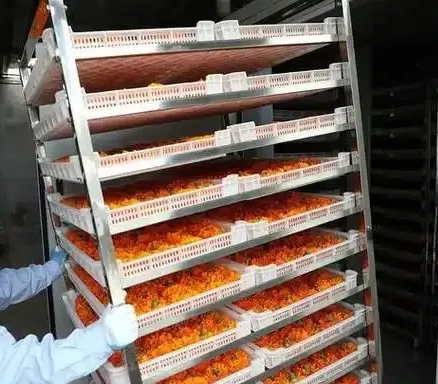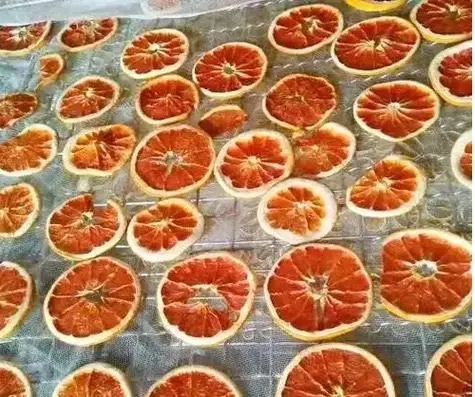
Content Menu
● Understanding Heat Pump Dryers
● Factors Contributing to Longer Drying Times
● Advantages of Heat Pump Dryers
● Tips to Optimize Drying Times
● Conclusion
● Related Questions and Answers
>> 1. Why do heat pump dryers take longer than traditional dryers?
>> 2.Are heat pump dryers energy-efficient?
>> 3. Can I speed up the drying process in a heat pump dryer?
>> 4. What types of fabrics are best suited for heat pump dryers?
>> 5. Do heat pump dryers require venting?
Understanding Heat Pump Dryers
Heat pump dryers operate using a refrigeration cycle, similar to that of a refrigerator. They work by extracting moisture from the air inside the drum and recycling the warm air to dry clothes. This method is energy-efficient but inherently slower than traditional dryers, which use direct heat to evaporate moisture quickly.

Factors Contributing to Longer Drying Times
1. Lower Operating Temperatures: Heat pump dryers typically operate at lower temperatures than conventional dryers. While this is beneficial for fabric care, it means that drying takes longer. The lower heat helps prevent damage to delicate fabrics but also results in a slower drying process.
2. Moisture Extraction Process: The process of extracting moisture from the air is less direct in heat pump dryers. They rely on a heat exchanger to condense moisture from the air, which can take more time compared to the rapid evaporation methods used in traditional dryers.
3. Load Size and Type: The size and type of the load being dried can significantly affect drying times. Larger loads or heavier fabrics, such as towels, will take longer to dry. It's essential to avoid overloading the dryer, as this can impede airflow and prolong drying times.
4. Sensor Technology: Many heat pump dryers are equipped with moisture sensors that detect when clothes are dry. While this feature is designed to save energy, it can sometimes lead to longer drying cycles if the sensors are not calibrated correctly.
5. Energy Efficiency Settings: Heat pump dryers often come with various energy-saving settings. While these settings are great for reducing energy consumption, they can also extend drying times. Users may need to adjust settings based on their specific drying needs.

Advantages of Heat Pump Dryers
Despite their longer drying times, heat pump dryers offer several advantages:
1. Energy Efficiency: Heat pump dryers use significantly less energy than traditional dryers, making them a more environmentally friendly option. They can save up to 50% on energy costs compared to conventional models.
2. Gentle on Fabrics: The lower drying temperatures are less harsh on clothes, helping to preserve their quality and lifespan.
3. No Venting Required: Heat pump dryers do not require external venting, allowing for flexible installation options in various spaces.
4. Reduced Carbon Footprint: By using less energy, heat pump dryers contribute to a lower carbon footprint, making them a sustainable choice for eco-conscious consumers.
Tips to Optimize Drying Times
To make the most of your heat pump dryer and reduce drying times, consider the following tips:
1. Avoid Overloading: Ensure that you do not overload the dryer. This allows for better airflow and more efficient drying.
2. Use Appropriate Settings: Familiarize yourself with the different drying settings and choose the one that best suits your load type.
3. Regular Maintenance: Keep the dryer clean and well-maintained. Regularly check and clean the lint filter and heat exchanger to ensure optimal performance.
4. Pre-dry Heavier Items: For particularly heavy items, consider pre-drying them on a line or in a traditional dryer for a short period before placing them in the heat pump dryer.
5. Monitor Moisture Levels: If your dryer has a moisture sensor, ensure it is functioning correctly. This can help prevent unnecessarily long drying cycles.
Conclusion
Heat pump dryers are an excellent choice for those looking to save energy and care for their fabrics. While they may take longer to dry clothes compared to traditional dryers, understanding the reasons behind this can help users optimize their drying experience. By following the tips provided, you can enjoy the benefits of a heat pump dryer while minimizing drying times.

Related Questions and Answers
1. Why do heat pump dryers take longer than traditional dryers?
Heat pump dryers operate at lower temperatures and use a moisture extraction process that is less direct, resulting in longer drying times.
2.Are heat pump dryers energy-efficient?
Yes, heat pump dryers are highly energy-efficient, using significantly less energy than traditional vented dryers.
3. Can I speed up the drying process in a heat pump dryer?
Yes, by avoiding overloading, using appropriate settings, and maintaining the dryer, you can help speed up the drying process.
4. What types of fabrics are best suited for heat pump dryers?
Heat pump dryers are gentle on fabrics, making them suitable for a wide range of materials, including delicates and heavy items.
5. Do heat pump dryers require venting?
No, heat pump dryers do not require external venting, allowing for flexible installation options.












